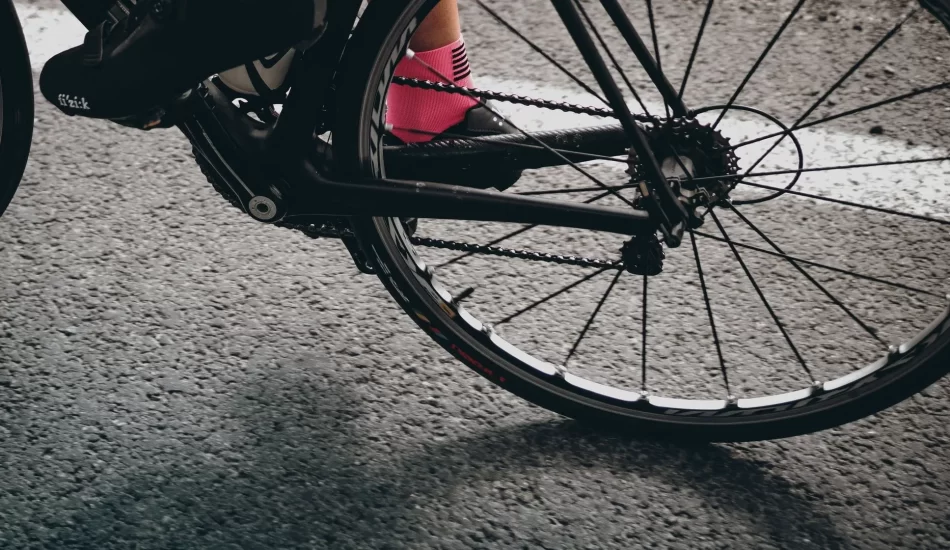Breaking Down Nevada’s Bicycle Laws

Though you might not need a license to ride a bicycle, you’re still expected to know Nevada’s general bicycle laws before biking in any place other than your driveway. However, due to widely varying local ordinances, it’s best to consult a Las Vegas bicycle accident attorney directly if you have specific legal questions—in the meanwhile, we’ll break down some of the most common, relevant bicycle laws in Nevada.
Nevada’s Bicycle-Specific Laws
Let’s begin with overall laws and ordinances in Nevada that concern most bicyclists:
- Helmet usage is not required in Nevada but is still strongly advisable for your own safety.
- Cyclists must always keep one hand on their handlebars, at least, in order to maintain control over their bikes.
- Cyclists are expected to signal their turns (in the same circumstances as any other vehicle) but via hand signal instead of blinkers.
- Cyclists may use normal motorist lanes, but only when they have no bike-lane alternatives and are able to match the speed of traffic; they should also stick to the far right-hand lane when possible.
- When a cyclist is on a shared lane with other vehicles, they must attempt to move off of the roadway (when safe) to let other cars pass if at least five vehicles are behind them.
- Cyclists may also use the sidewalk in most of Nevada, but may not be able to in certain areas. They must also dismount to use pedestrian crosswalks.
- At night, cyclists must have very specific visibility equipment attached to their bicycles as per Nevada Revised Statute 484B.783.
- Drinking while biking is not inherently illegal and does not constitute a DUI; however, being impaired on a bicycle may constitute a reckless endangerment charge based on how your inebriation affects your ability to bike safely (there is no exact BAC limit/your impairment is what matters).
In general, bicycles are also subjected to all other traffic laws that normal vehicles must follow, such as speed limits, traffic signage, following the flow of traffic, not traveling between lanes, and so on and so forth.
Cyclist Rights in Accidents
If you get into a collision with a larger vehicle, legal matters are relatively simple. Remember, as a cyclist, you’re subjected to most general traffic laws—however, this also means you’re protected in the same way as any other motorist. Often, you can recover by simply opening a claim with the other driver’s insurance company, as you would in a motor vehicle accident; if you succeed, you’ll be able to recover comprehensive damages, which generally fall into two categories:
- Special damages, which include any losses with a monetary value such as lost wages, medical bills (including for lasting and delayed-onset injuries), bike repair or replacement fees, and other such reimbursements.
- General damages, which include intangible losses such as pain and suffering, emotional distress, loss of companionship, disfigurement, and similarly personal losses that don’t have precise, measurable monetary impacts.
Although bicyclist injuries are common, only five to ten cyclists die annually in Nevada according to bicycle accident statistics, which can largely be attributed to most bike collisions occurring in residential areas and at intersections where average speeds are low. However, these deaths can and do still happen, at which point the help of a wrongful death lawyer in Nevada becomes invaluable.
Regardless of the extent of your bicycle accident, Aaron Law Group can help. Give us a call at (702) 550-1111 to schedule a free consultation and learn more about how we can take the burden of a complex personal injury claims process off of your hands, giving you time to focus on recovery.